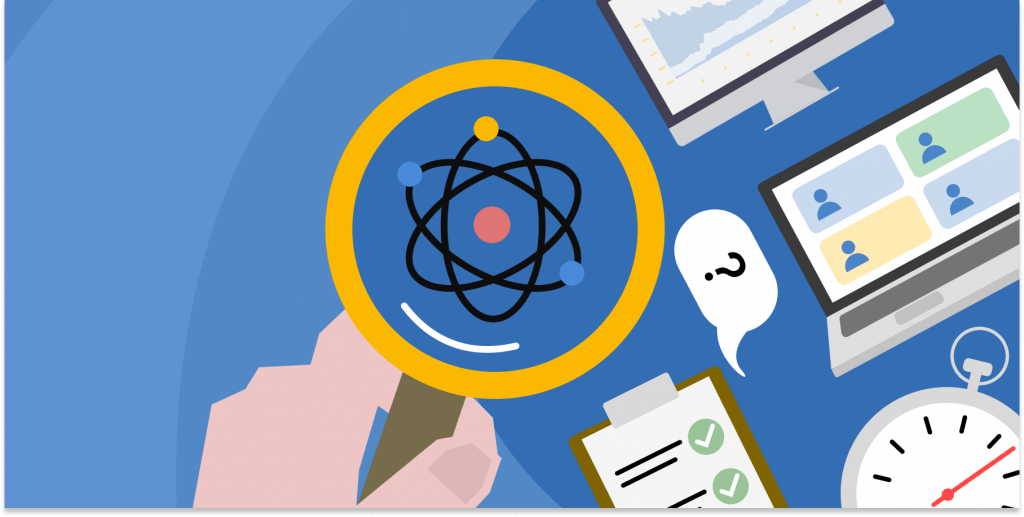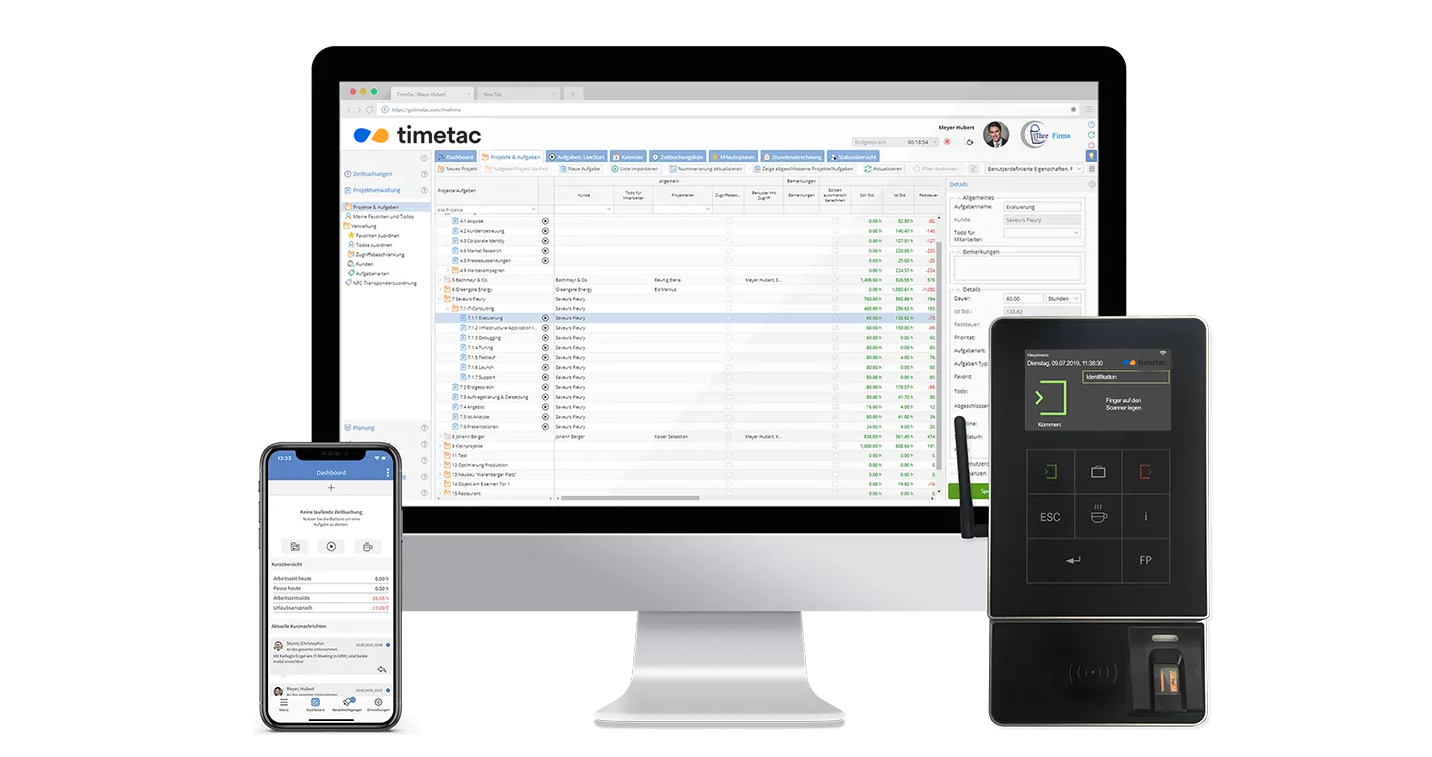Generate New Ideas in Your Team – These Creativity Techniques Make a Difference
by Andrew O'Connell, 23.05.2015
Whether in design or content: creativity is fuel for the successful processing of projects. Employees are allowed to get a little crazy in order to come up with original ideas. But a spontaneous "Be creative!" doesn't always work. Creativity techniques can be helpful in finding ideas. Especially when a solution is needed quickly. With the help of these creativity techniques, flashes of inspiration often turn into successful innovations.

Brainstorming, Brainwriting and Mindmapping
These are the classic methods used to help generate new ideas. The aim of the game is to collect as many different and creative ideas as possible; it does not matter how radical or impossible they are. These ideas will help inspire you and could be further developed to meet your project demands.
Choose Your Creativity Technique
The 635 Method
The name of the 635 Method reveals exactly what you require for generating new ideas: a project team of 6, a sheet of paper with 3 columns and 5 minutes for each participant. Each participant has 5 minutes to further develop an answer to 3 questions or problems written at the top of the sheet. Once 6 rows have been filled in with suggestions by the participants, the game is stopped so that these ideas can be reflected upon by the whole team and before you know it, you will have found many new approaches to solving the problem.
The Reframing Matrix
Michael Morgan created the Reframing Matrix tool which he published in his 1993 book entitled “Creating Workforce Innovation.” It helps you to look at business problems from various perspectives so that you can find more creative solutions. This method works on the fact that different people with different experiences are most probably going to tackle problems in different ways. This approach helps you put yourself into the minds of different people, imagine how they would face these problems, and explore the possible solutions that they may suggest. The Reframing Matrix is very easy to use. All you need is a pen and paper to get started.
Step 1: Draw the Grid: Start by drawing a simple four-square grid, but leave enough space in the middle where you can define your problem.
Step 2: Decide on Perspectives: Now, decide on four different perspectives to use in your matrix.
Step 3: Brainstorm Factors: Finally, brainstorm factors related to your problem from each perspective, and add these in to the relating quadrant of the matrix. Hopefully, after completing the Reframing Matrix, you will have a better understanding of your problem so that you will be able to generate more solutions.
The Alphabetic Technique
A simple, but effective method for generating ideas is the alphabetic technique. Firstly, you need to refrain from using your usual thought patterns, then write all the letters in the alphabet from A to Z on a piece of paper. Write down a term that relates to your project next to each letter and these new inputs will in turn bring new ideas and approaches which should help you solve the problem.
Use Your Creativity
TimeTac takes care of your time tracking in the meantime.





